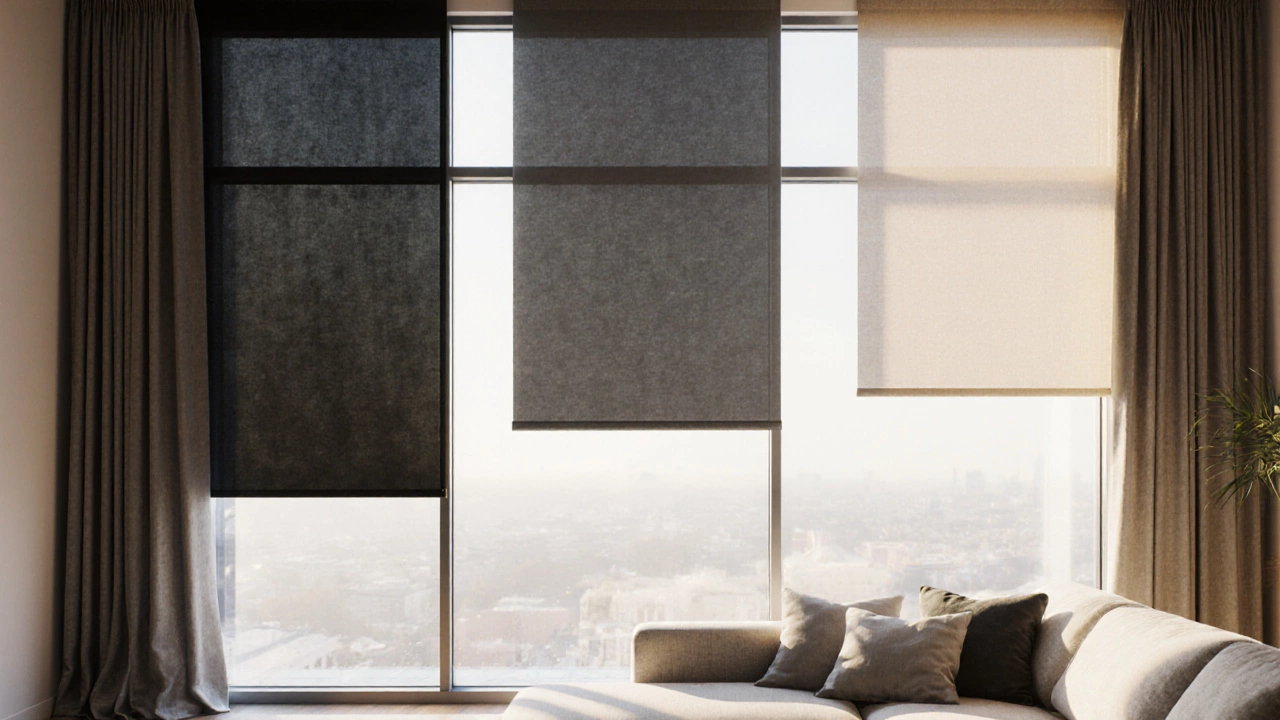When working with light transmission the amount of light that passes through a material such as curtains, blinds, or glass. Also known as light passage, it determines how bright a room feels and how much privacy it offers. Understanding this concept is key to picking the right window coverings for any space.
One of the biggest players in the light‑transmission game is curtains fabric panels that hang over windows to control light, privacy, and style. They come in everything from sheer voile that lets daylight flood in to heavy blackout fabrics that shut the world out. The choice hinges on fabric opacity the density of a textile that decides how much light is blocked. Higher opacity means lower light transmission, which translates to more privacy and better temperature control, while lower opacity boosts natural light and can make a room feel larger.
Window treatments any covering such as blinds, shades, or shutters used to manage light and privacy add another layer of control. The material, weave, and color all affect how much sun gets through. Darker shades absorb more light, lighter tones reflect it, and tightly woven fabrics reduce glare. A well‑chosen treatment can balance daylight with energy efficiency, cutting cooling costs in summer and keeping warmth in during winter.
Light transmission also interacts with room function. A home office benefits from high transmission to keep you alert, whereas a bedroom often needs low transmission for restful sleep. In kitchens, a blend of sheer panels for daytime cooking and darker options for evening meals works well. Knowing the intended use helps you pick the right opacity level and treatment type.
Another practical piece of the puzzle is how light transmission affects UV exposure. Fabrics with low transmission block more harmful UV rays, protecting furniture, flooring, and artwork from fading. If you have valuable pieces near a sunny window, opting for higher opacity or adding a UV‑blocking liner can be a smart move.
Finally, remember that light transmission isn’t a static number. Layering options—like a sheer curtain paired with a blackout liner—let you adjust the amount of light throughout the day. Motorized shades give you the convenience of remote control, and smart home integrations can automatically modify settings based on the time of day or weather.
All these elements—curtains, fabric opacity, window treatments, and usage goals—combine to shape the ambient light in your home. Below you’ll find a curated collection of articles that dig deeper into choosing the right curtains, understanding fabric opacity ratings, mastering window‑treatment combos, and more. Each piece offers practical tips you can apply right away, so you’ll be ready to create the perfect light balance for any room.

Discover which curtain colors best block sunlight, how fabric and lining affect performance, and get practical tips for energy savings and stylish installation.
